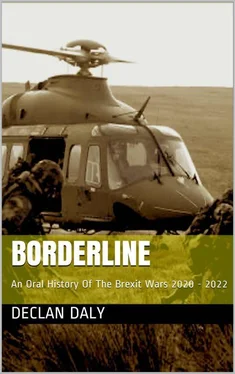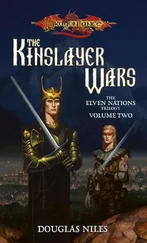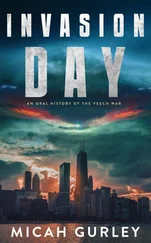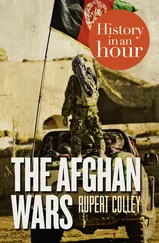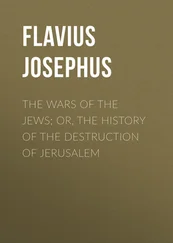Regardless of any further statements from Westminister, the international media regarded the outcome as a sure bet and began to treat Scottish nationalist interviewees as members of a distinct state and government. This was especially the case with the US media who needed to fill airtime now that the post election violence had largely subsided with the rounding up of the last militias. Ineivitably, calls for an Irish border poll on the same day rose in unison. The effect on the Carsonite forces was to cause a terrifying mix of panic, rage and determination. The leadership of the group saw one way out – to double down on the policy of ‘demographic change’ – forcing out of Northern Ireland those that would potentially vote for Irish unity, or abstain, or simply not vote unionist enough for their liking.
By following this policy to its conclusion, it was felt that not only would the nationalist population be reduced, the British Army would be forced to intervene and almost certainly be drawn into greater conflict with the Dissidents, at which stage the Carsonites would present themselves as a friendly force willing to assist. Targeting was simple,predominantly nationalist areas were attacked, anyone found with an Irish passport, or indeed a passport from any EU nation, was killed. That this included several prominent unionists seemed to matter little as a kind of combat fatigue inspired bloodlust had settled on the organisation.
The Dissident forces were already on the back foot and struggling to maintain coherence. In several instances, they responded to Carsonite attacks and were promptly defeated by weight of numbers. With their strength now critically reduced below that necessary to compete with the Carsonites on the field, they simply adopted the tactics of their enemies and began attacking civilian populations centres where they could provoke a similar response – to drive people from their homes. On both sides of the divide, the effects of these campaigns of ethnic cleansing were exacerbated by online campaigns directed against the population – very simply, if one town was to be attacked, perhaps three would be singled out in online videos, tweets and other social media. The result was that one town would be put to the sword by violence and two more would see large amounts of houses and shops burned easily when the people living there had already fled for their lives.
This description sounds like a process that occured in distinct stages. In practice, the lines between phases and accountability for who moved first was blurred. A state of chaos became established and the PSNI, their temporary colleagues from the UK and small number of BA troops in Northern Ireland found themselves dealing with a humanitarian crisis. With a significant amount of people now made homeless and unable to return to their home towns, the security forces were compelled to establish IDP, or Internally Displaced People, camps in several rural areas which could more easily be controlled by the limited number of troops and police that could be spared from guarding vital installations such as power plants, water treatment plants and political and culturally important sites. All of these were being put to the torch as soon as they were left without security.
The population of Northern Ireland was now calling out for help and where it came from mattered little. Streams of refugees crossed the border and Ireland too found itself providing shelter for those who desperately needed it. Having, for once, a greater strategic depth – the area of the country away from the direct fighting – meant that Ireland was better able to disperse these refugees safely and without locally overwhelming any one area.
To the north however, the situation went from bad to worse in July when almost all the IDP camps were hit by largescale coronavirus outbreaks. The distribution of vaccines in Northern Ireland had been severely hampered by the fighting and like most countries, had initially been targetted at the most high risk groups along with frontline professionals in the healthservices. Supply had become piecemeal at best when the pogroms started and herd immunity did not yet exist. The overcrowded camps became horrible petri dishes that favoured the disease. Calls for an international intervention increased from all corners and even in Westminister, the opposition benches favoured help from the outside, inside or anywhere. The beleagured government, dealing with their own vaccine distribution, the Scottish problem and trying to come to grips with the spiralling violence simply hardened their line. There would be no foreign intervention in UK domestic affairs.
In Ireland, the mood was one of ‘the neighbours house is on fire, how do we help?’ but also ‘how do we stop this spreading?’ Troops, Gardai and medical professionals were diverted to the humanitarian crisis with personnel from other EU countries also contributing field hospitals, to make up for a lack in the number of available Irish ones. Quietly, EU regular troops began to provide security for these hospitals in order to free up their Irish counterparts for other duties.
For all the build up of Irelands Defence Forces, there were still critical weaknesses. Most of the fighting had taken place in the eastern half of the border region. The vast expanses of border, both land and sea, in Donegal were heavily patrolled and observed by land, sea and air but to cover the whole inland border and coast with barracks and troops would have required an expansion many times that possible, just for that one county.
The end effect of this was that the main force protecting almost all of Donegal was the 28th Battalion based in Finner. This base had grown since earlier days and was now surrounded by permanent Observation Posts in a constellation around it. Some of these were more properly called hardpoints and included artillery and Javelin missile implacements as appropriate to their location. North of this, on the main road to Letterkenny, was Starfort 36, the last Starfort built and the last one still occupied, pending replacement by an under construction hardened barracks. One platoon strength detachment provided ATCP support to the Gardai in Letterkenny, another platoon plus sized detachment protected the major fishing port in Killybegs. A platoon of 2nd line reservists secured the airport on the North west coast, one of the very few areas where they formed a unit that large.
With so many gaps immediately apparent, given that the county was considered the gateway through which many of the seaborne weapons shipments in particular entered the country, patrolling was the order of the day. This required all of the 28Bn that could be spared from guarding fixed installations and reservists from many parts of the country, the population density of much of Donegal being too low to provide sufficient troops for its’ size.
Helicopter led airmobile operations were routine, with the air picture in the country having improved markedly. The AW139 fleet had swollen to twelve airframes, the EC135 fleet had grown to eight and the more recent arrival of the first of an eventual five Chinooks in March were beginning to show dividends. The problem, as ever, was pilot, technician and aircrew numbers. The Air Corps was better equipped than ever, but the heli crews of No 3 Ops Wing were stretched and tired, having absorbed as much of the war as their compatriots on the ground. On the upside, the first six of eighteen Gripen fighters had landed in Baldonnel in early June. The extra airframes over and above the original twelve ordered had been requested as it became obvious that ground attack would indeed be a required role after all. For now, they were trained and equipped for air policing. The squadron commander, Comdt Mulvey, had already performed the first Irish Air Corps interception of a Russian aircraft within two weeks of arrival when flying as wingman for a French Rafale. Experience was being gained, but the numbers weren’t there yet to stand up a twenty four hour QRA on their own.
Читать дальше
